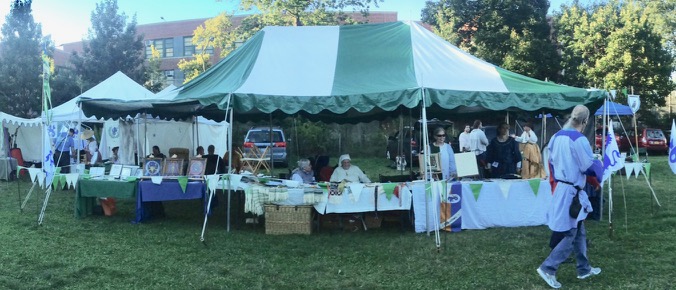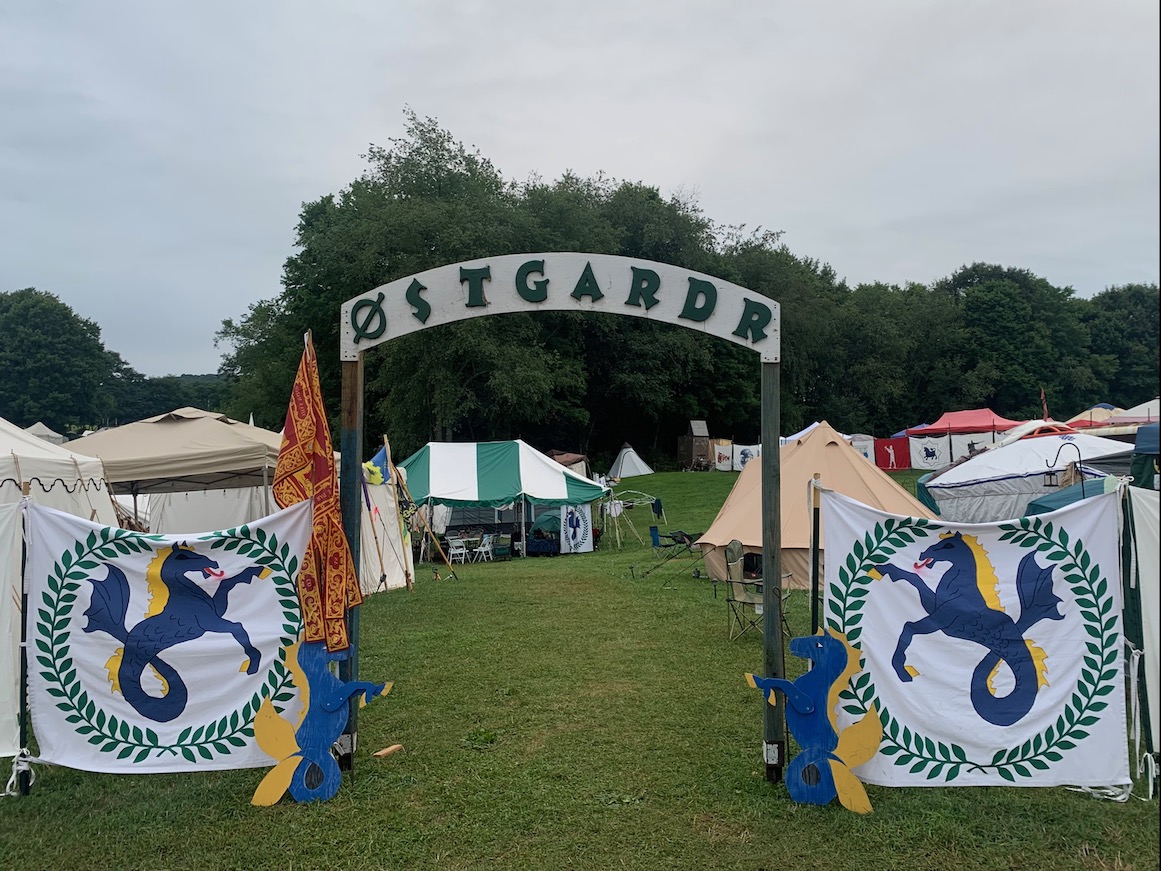Over the last year, I’ve written a growing number of blog posts about administration, policy, and governance in the SCA. It seems the topic has a lot of lasting interest for me, and I expect to write more about it in the future, but it felt odd to have these cluttering up our household website which is otherwise focused on historical research, person development, and camping gear, so I’ve created a separate website and migrated these posts over to it.
If you’re interested in these kinds of “business side” topics, you’ll find that content over at CreativeAdministration.org.

